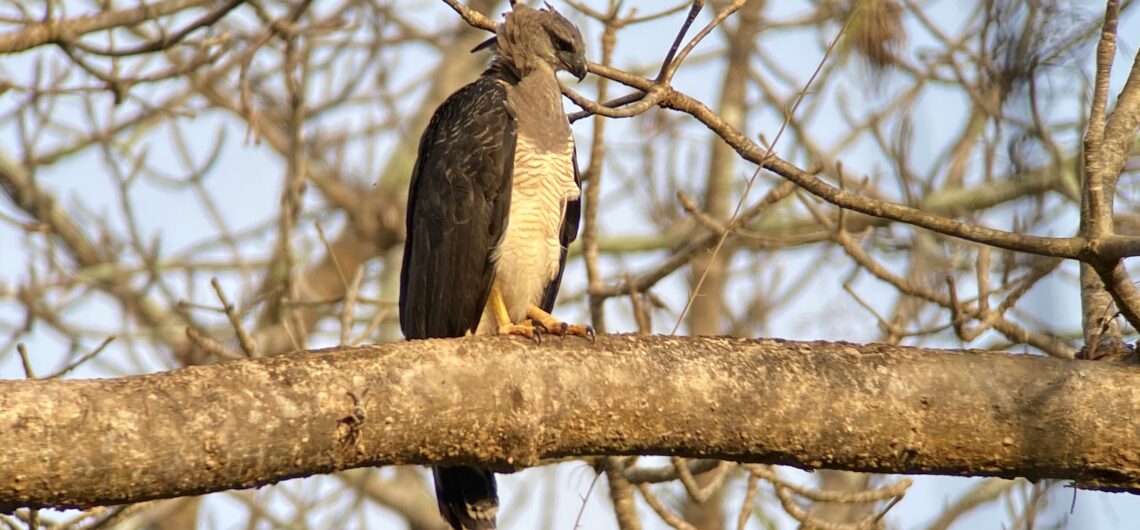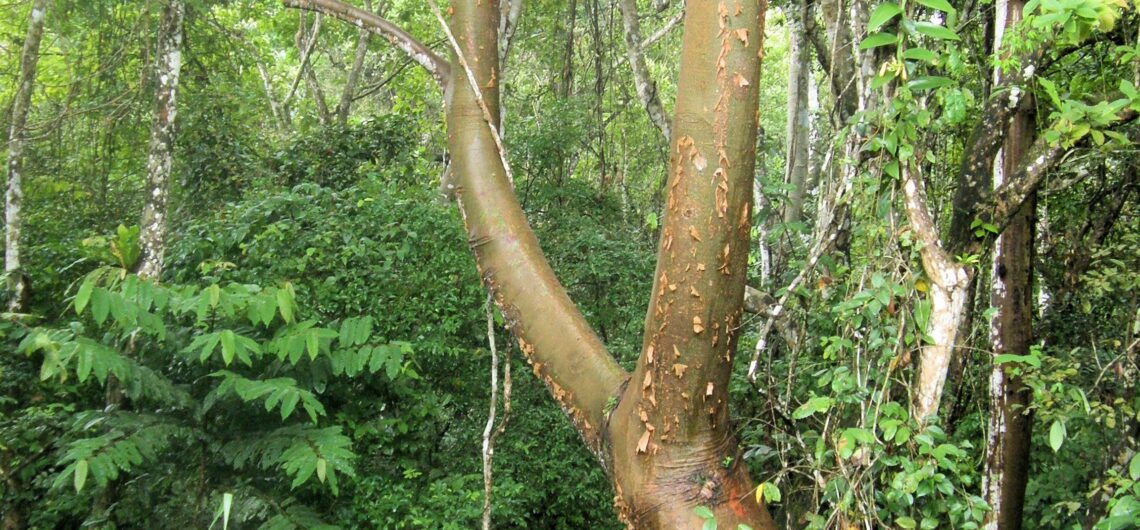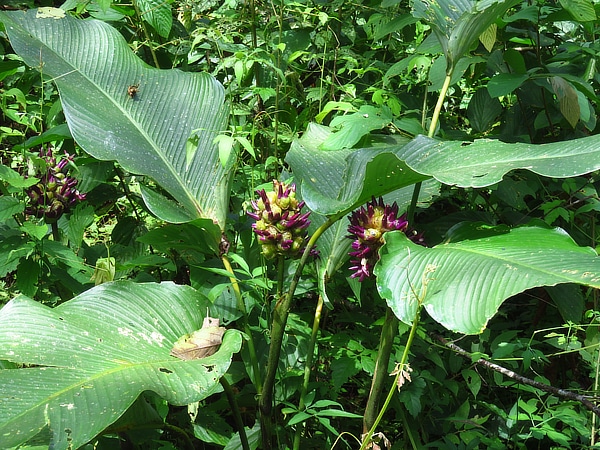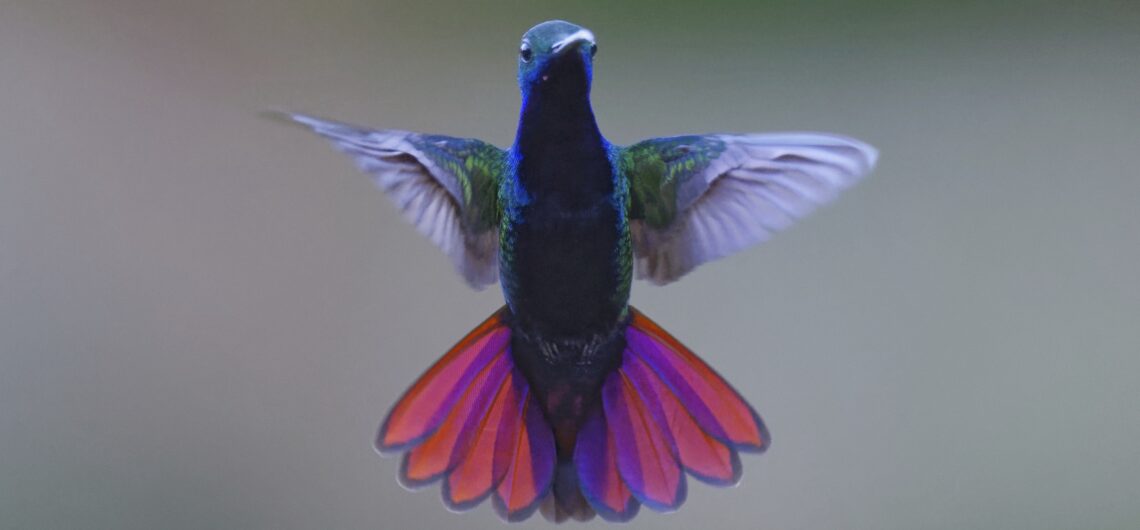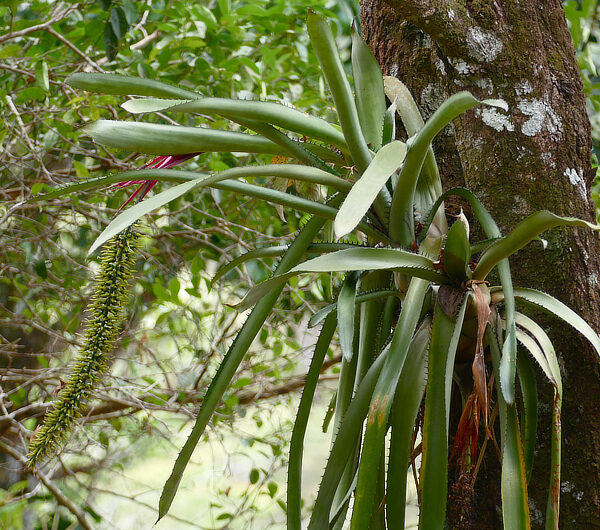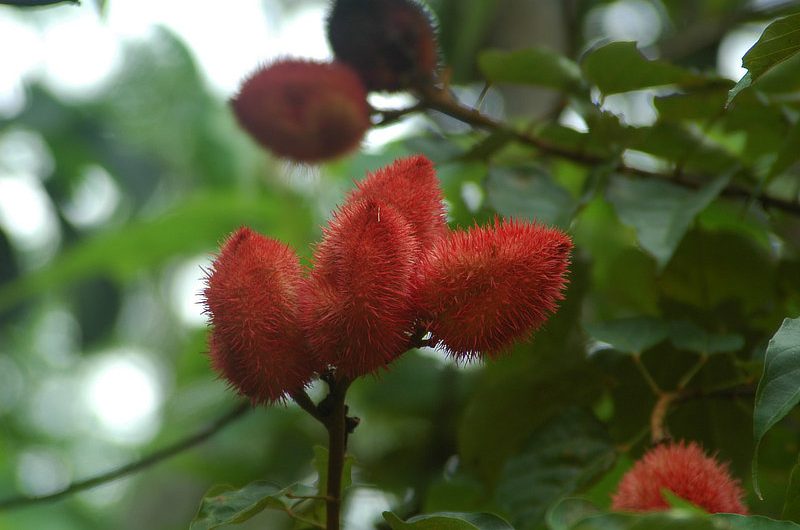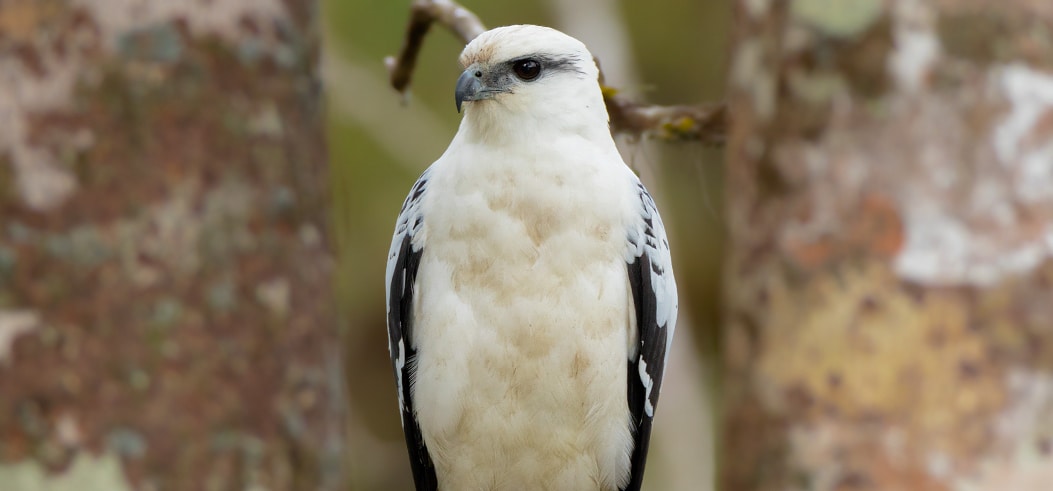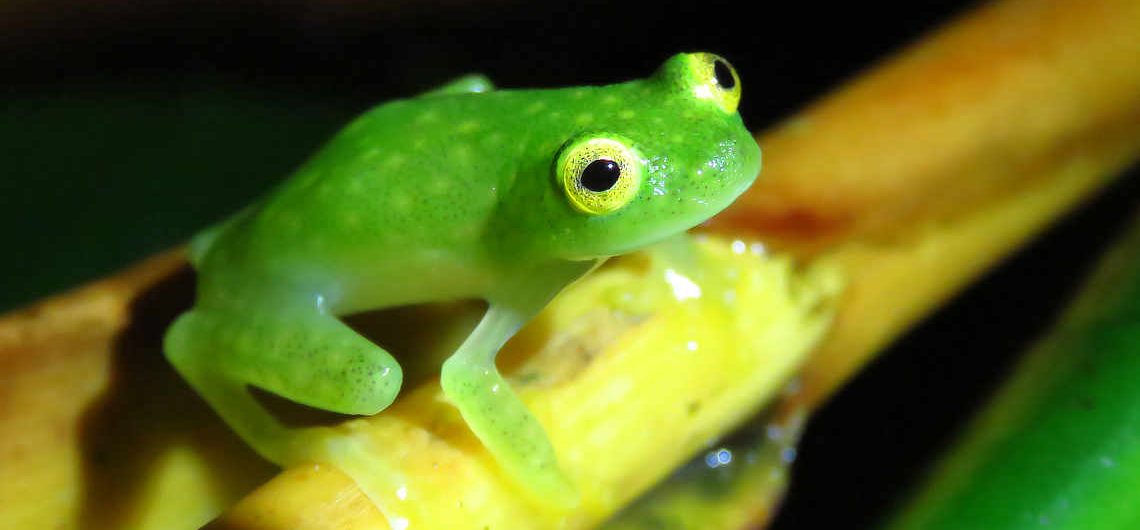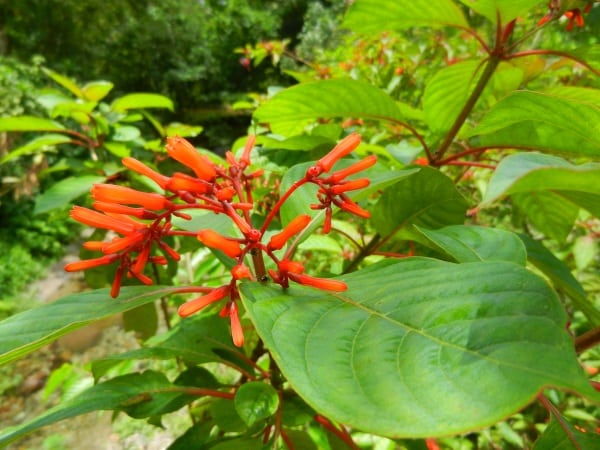Crested Eagle Morphnus guianensis Photo by Carlos Bethancourt A very large forest eagle, similar in appearance to the even more massive Harpy Eagle, the Crested Eagle is one of the beautiful large raptors
Gumbo Limbo Tree Bursera simaruba Photo by Jenn Sinasac The Gumbo Limbo tree is one of the most recognizable trees of the American tropics—often called the “tourist tree” because of its characteristic peeling
Bijao Calathea latifolia Photo by Jenn Sinasac Locally known as “bijao,” Calathea latifolia is a distinct roadside plant of central Panama. Standing 1-2 meters tall, the Bijao plant is recognized by its large,
Black-throated Mango Anthracothorax nigricollis Photo by Uwe Speck The Black-throated Mango is an attractive, distinctive hummingbird primarily found in South America but also ranging into western Panama. Both sexes have a slightly decurved
Aechmea setigera Photo by Jerry and Linda Harrison Aechmea setigera is a large bromeliad native to tropical America. Like many bromeliads, it is epiphytic and usually found high in trees. It grows to
Rufous Motmot Baryphthengus martii Photo by David Tipling Our largest motmot! The Rufous Motmot is a common bird found in the understory of the lowland and foothills forests of Panama. With a length
Achiote Bixa orellana Photo by Jerry & Linda Harrison Achiote is a distinctive shrub or small tree in the family Bixaceae. The tree grows 6-10 meters tall and is identifiable by its bright
White Hawk Pseudastur albicollis Photo by Rafael Lau This large, forest-dwelling hawk is a beautiful sight, whether perched or soaring—its striking white plumage is like no other raptor throughout the Neotropics. It is
Fleischmann’s Glass Frog Hyalinobatrachium fleischmanni Photo by Jenn Sinasac Glass frogs are appropriately named for the transparent skin on their belly, making their organs visible. Fleischmann’s Glass Frog, also known as the Northern
Firebush Hamelia patens Photo by Jenn Sinasac This large shrub or small tree of the coffee family (Rubiaceae) stands out in the crowd—its bright red-orange tubular flowers give it many appropriate common names

